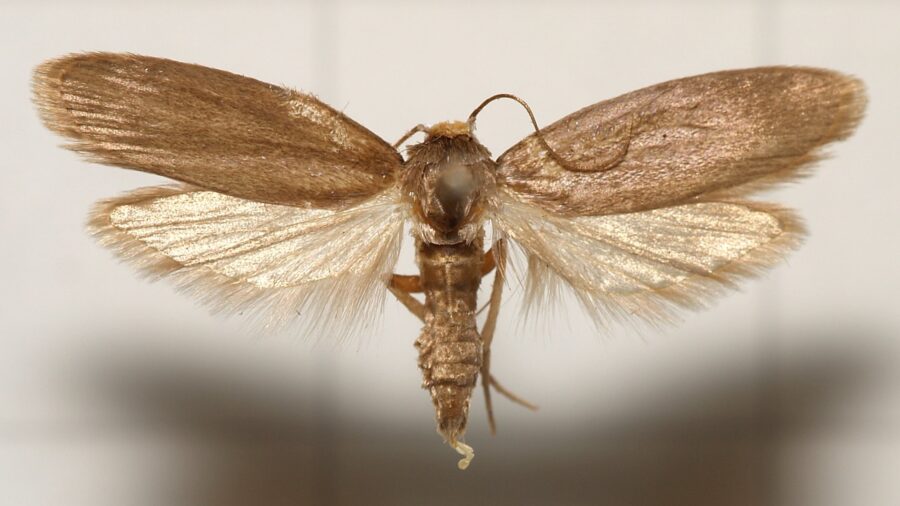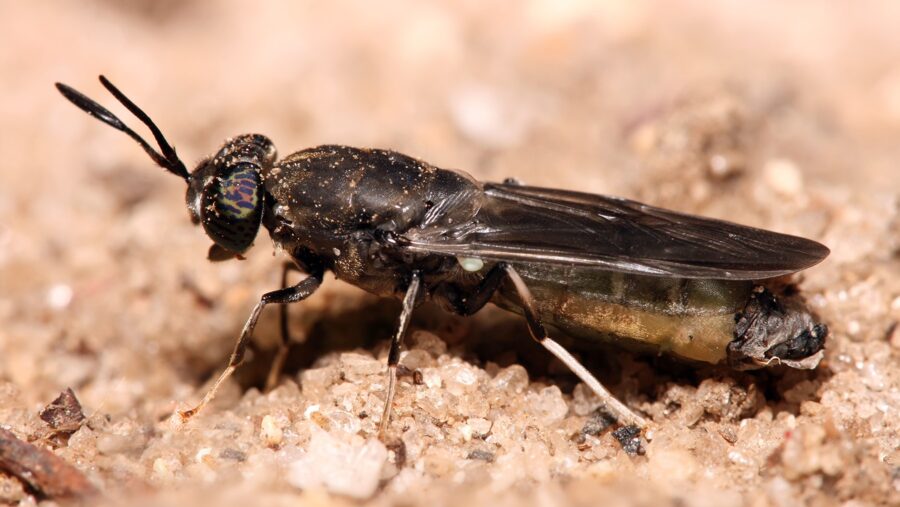Scientists Turning Plastic-Eating Bugs Into Plastic Containers?

What if you could really put the “bio” back in “biodegradable?” Scientists have spent years trying to find effective replacements for plastic containers that would be just as useful and versatile without being so bad for the environment. Now, it seems an enterprising team of researchers may have cracked the code: according to Science Daily, a group of researchers has been working hard to create biodegradable plastics made from bugs.
Plastic doesn’t degrade naturally, so scientists have identified bugs that will break it down, but now those same bugs could be used to create plastic.
Before you say it, we get it: it’s weird to imagine putting your leftover dinner in a container that was effectively created by bugs. But the science behind this project is fascinating, as the researchers have been finding creative uses for the bodies of dead black soldier flies. These flies are bred in large numbers to serve as feeder insects, but due to the flies’ short lifespan, many of their bodies get discarded before they can be used for their intended purpose.
In other words, the world has a surplus of these particular bugs and, until now, not many creative ideas of what to do with them. However, Dr. Karen Wooley and her team discovered some interesting applications for the chitin covering the outside of the bodies of black soldier flies. In nature, this chitin is used to strengthen the bugs’ exoskeletons, and scientists are working on a number of different practical uses for the discarded bodies of unused black soldier flies.

Plastic could be made from the chitin of particular bugs, including the black soldier fly, using chemical reactions to create bioplastic.
For example, Dr. Wooley’s teammate, graduate student Hongming Guo, has discovered a simple and effective way of transforming this chitin into a polymer known as chitosan. Guo’s technique involves stripping chitin’s acetyl groups, effectively exposing the amino groups inside of them, and using chemical reactions to functionalize and crosslink them. The final result is that the outside of these bugs’ bodies is turned into bioplastics that have a number of different uses, including serving as very nature-friendly plastic containers.
While giving us biodegradable plastic containers made from dead bugs would be cool enough on its own, this team is already thinking much bigger: Guo, for example, has used this technique to create a hydrogel that, over the course of just one minute, can absorb 47 times its weight in water.
He envisions using this breakthrough to capture water from flooded areas and later release it into areas affected by droughts, which he sees as particularly useful for states such as Texas that ping-pong from draughts to flooding and back again. As an added bonus, any molecular components that this bioplastic releases would actually help to feed the crops.
Creating plastic out of bugs is just one process being research, another includes a super-efficient hydrogel that retains 47 times its weight in water.
In the fullness of time, these researchers are hoping to create a system in which the bugs would eat the waste bioplastic, and after the bugs die, scientists could use their bodies to create new bioplastics. Done right, this could help reduce pollution and shift us into a greener and more sustainable future.
And even though we were hoping everyone would have their own jet packs or Iron Man armor by now, we can’t deny that this innovative bug breakthrough has the potential to completely change our way of life.












